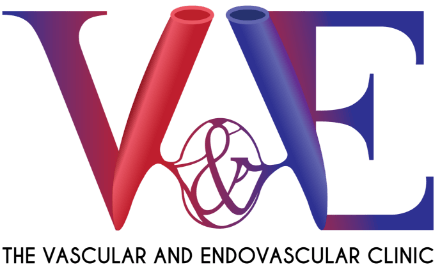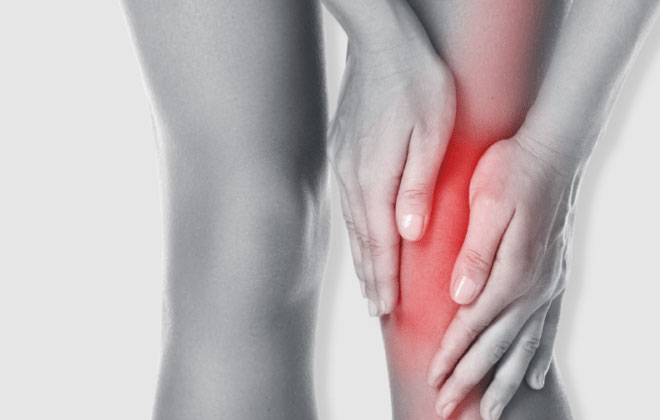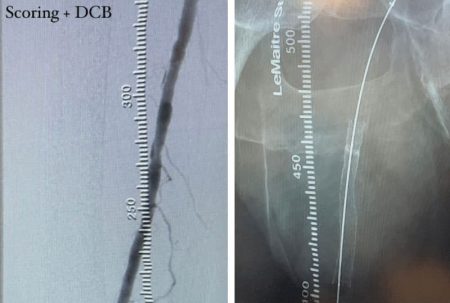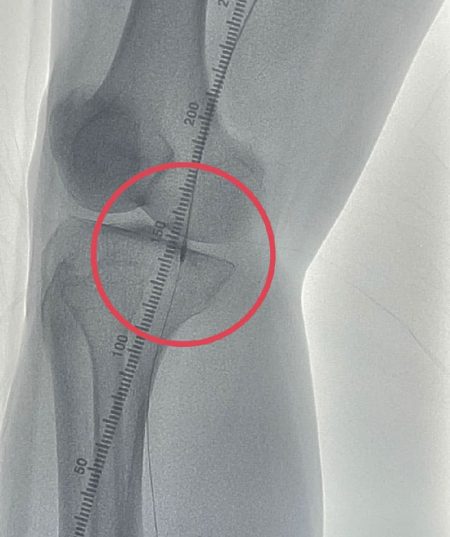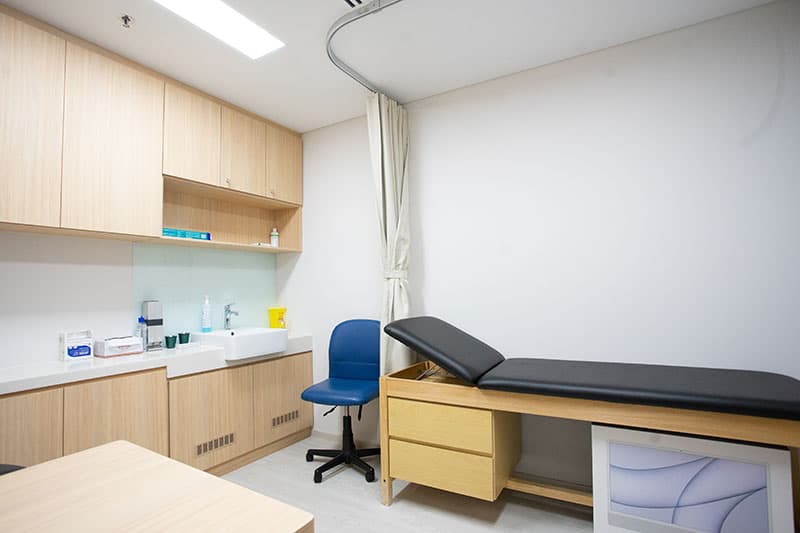What is Peripheral Arterial Disease ?
Peripheral artery disease (PAD) is a common circulatory problem in which narrowed arteries reduce blood flow to your legs and feet. When you develop PAD, your legs do not receive enough blood flow to keep up with the demand especially during exercise. PAD is caused by a process called atherosclerosis, the build-up of fatty deposits in the arteries that narrows and blocks arteries throughout the body, including in the heart, brain, arms, legs, abdomen and kidneys.
